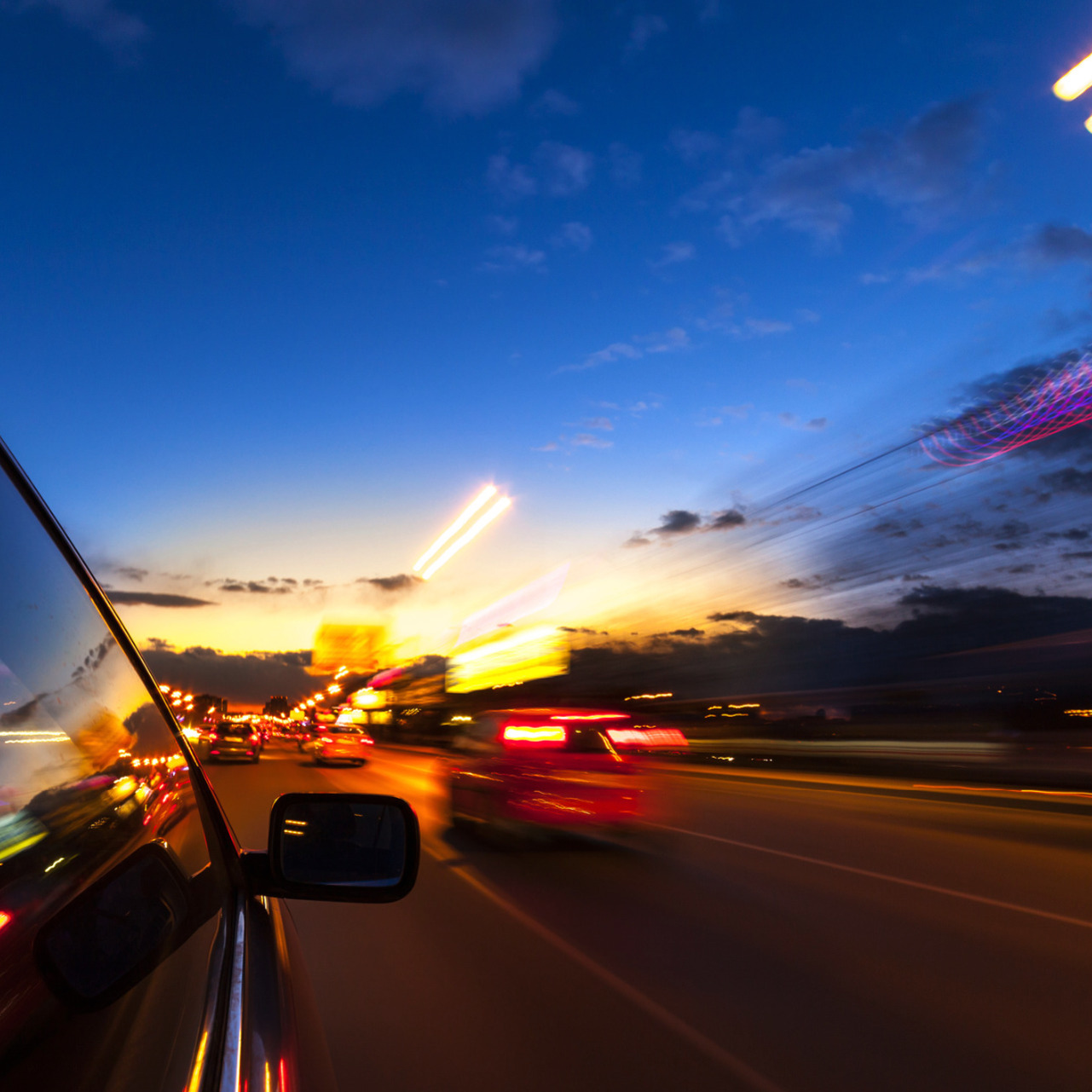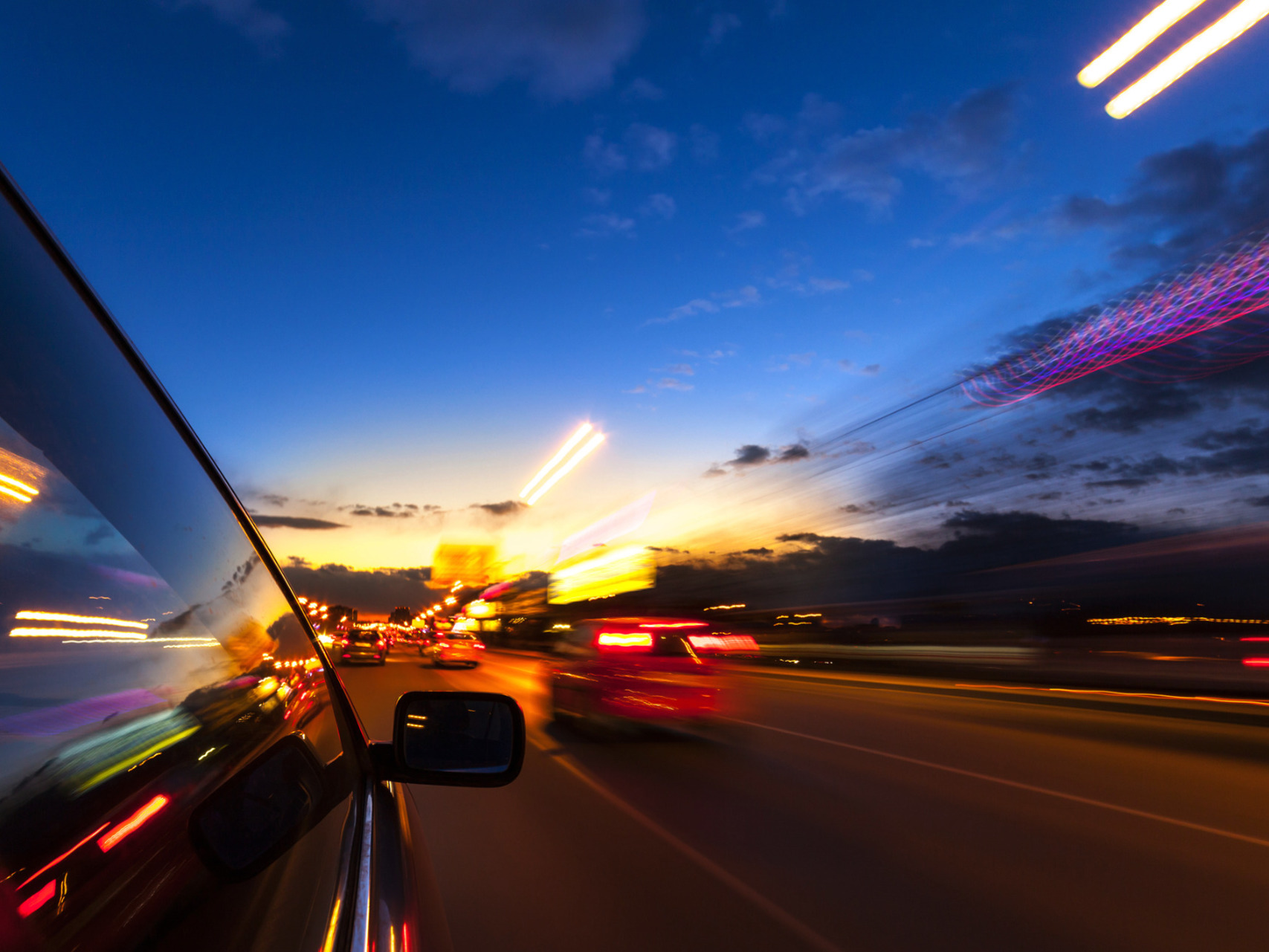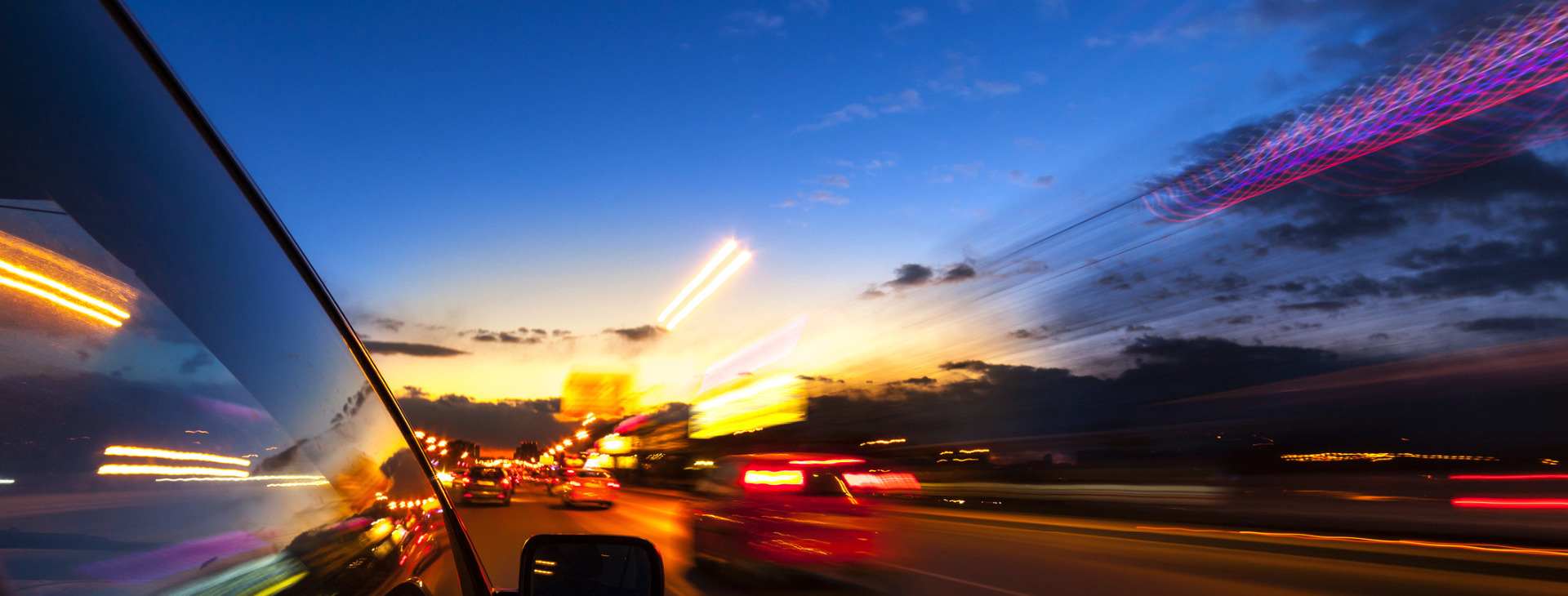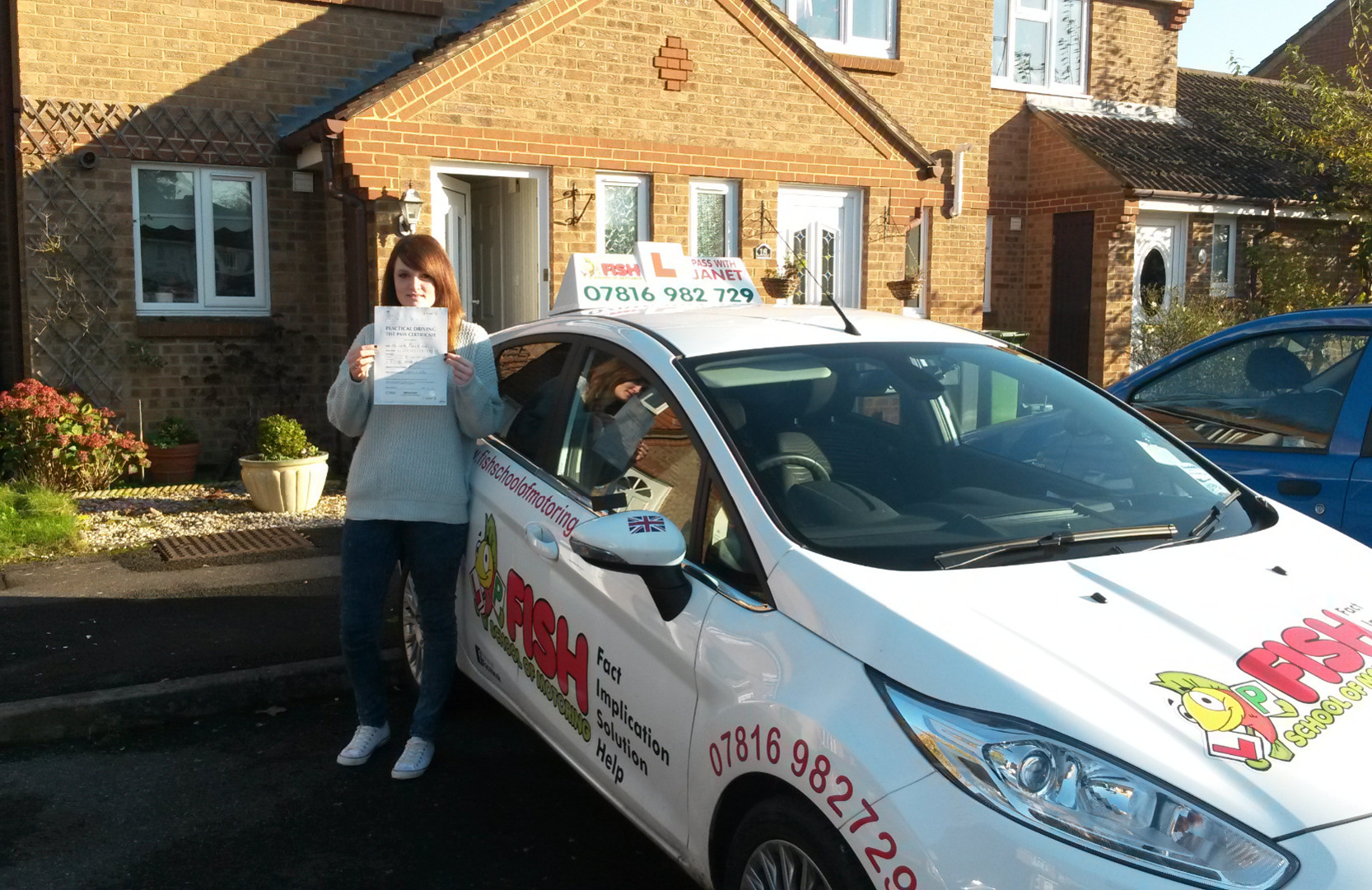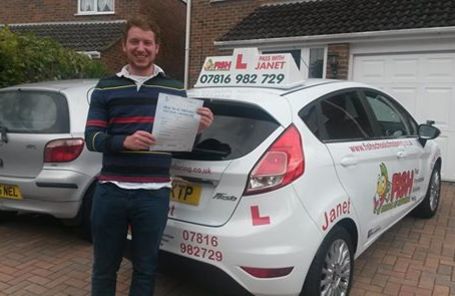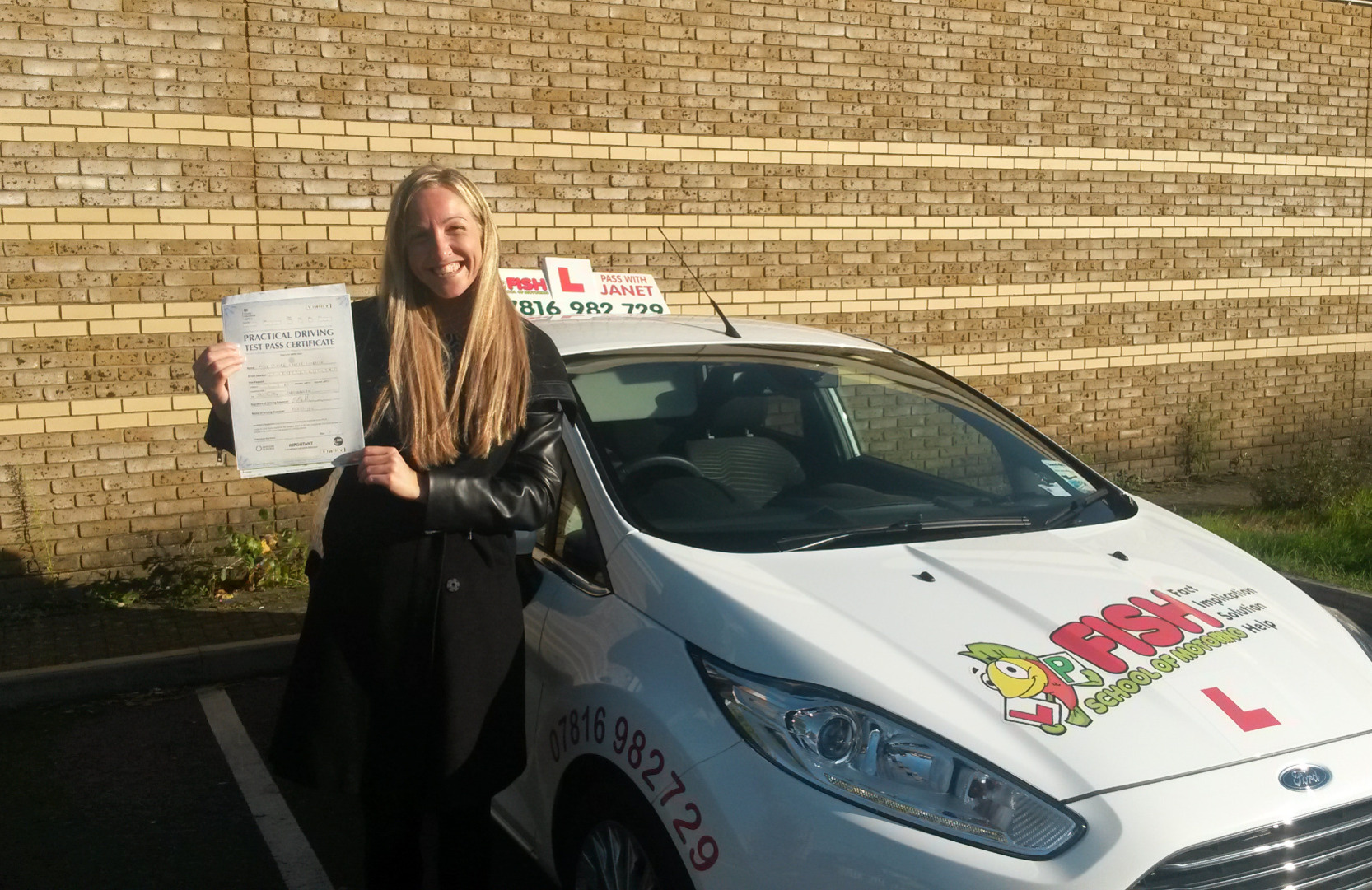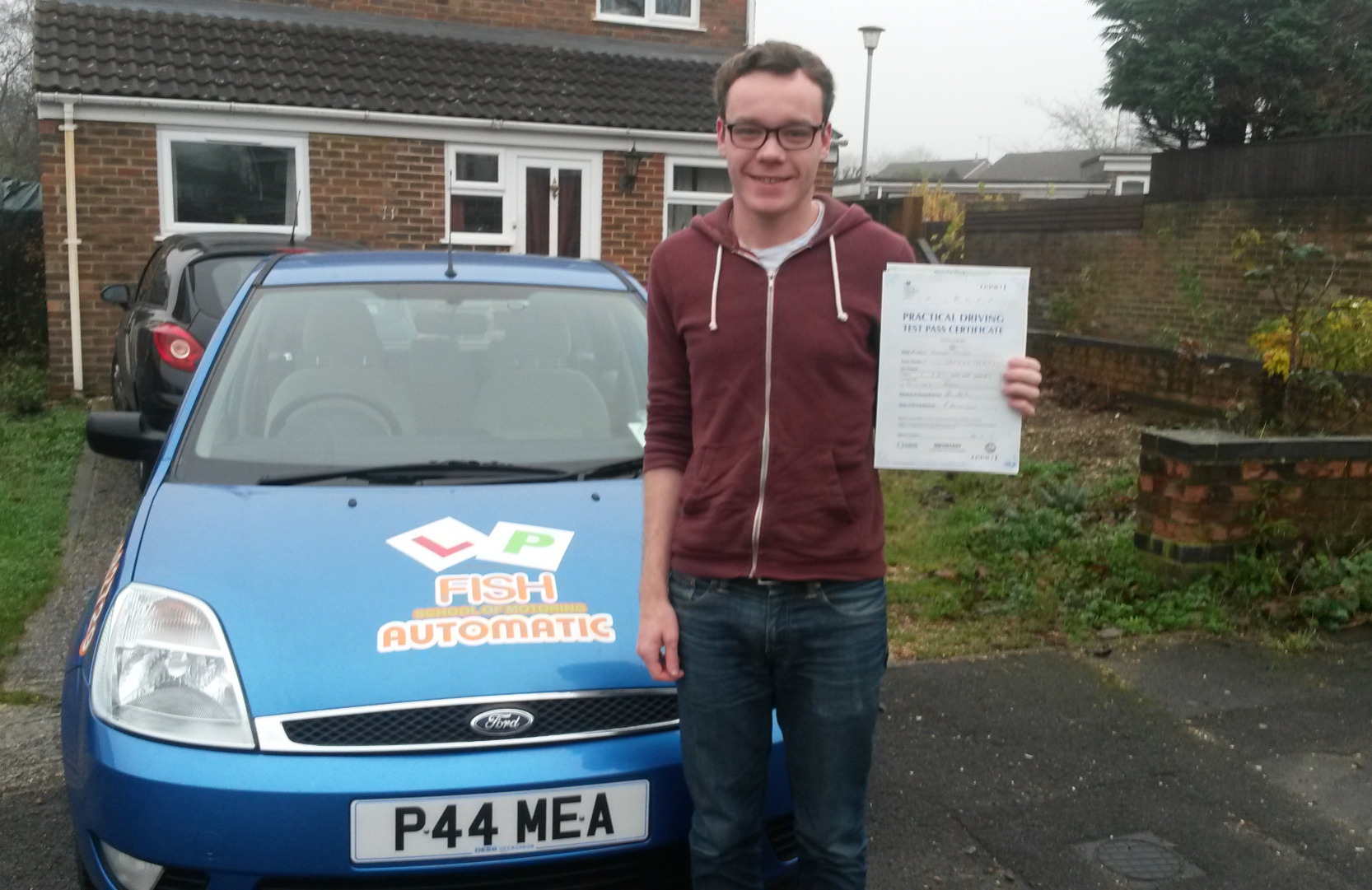There are two types of motorway, rural and urban. You need to think of them as quiet and busy. Quiet motorways are boring, so you need to concentrate on the road and traffic conditions way ahead. Busy motorways need your attention all around you rather than just focused ahead. The maximum speed limit on a motorway is 70mph. However, let’s be honest this speed limit is regularly exceeded. Given the speeds reached on a motorway it is essential you try and anticipate what is happening far ahead of your vehicle. The speed means that in an emergency you will have less time to react.

Always keep a good distance between you and the vehicle in front, at least a two second gap on a dry day. If you see brake lights ahead then ease off the accelerator. Sudden braking on a motorway can be dangerous. It can cause vehicles behind to also slam on the brakes. This causes tailbacks and even collisions. Avoid getting boxed in, with a slow moving vehicle in front of you and another vehicle tailgating you behind. If this happens gently reduce your speed so as to increase the gap between you and the vehicle in front and then when safe overtake the vehicle.
Motorways are like dual carriageways only safer. They are safer because every motorway user is travelling in the same direction and at similar speeds. Another reason why motorways are safer is due to the fact that traffic is restricted to those who can make best use of it i.e. no pedestrians, cyclists, moped, no L drivers (except HGV), agricultural vehicles, and animals. Motorways are also safer because there are no sharp bends, no oncoming traffic, no right turns, and no roundabouts. The lanes are always wide, and well marked, and are usually straight for long distances.
Motorways have three lanes — the left-hand lane, the middle lane and the outer lane.
• 1 •
Direction sign giving details of junction ahead
• 2 •
Hard shoulder
• 3 •
Left-hand lane
• 4 •
Middle lane
• 5 •
Outer lane
• 6 •
Central reservation
• 7 •
Slip road joining
• 8 •
Slip road exiting

When joining a motorway you usually join from a roundabout or a main road by means of a slip road. This leads to an acceleration lane. The rule here is not to interfere with the traffic already on the motorway. Make sure your speed is the same as the traffic already on the motorway. Vehicles already on the motorway usually realise you need to join the main carriageway and they try and move over to the other lane. (This is not always possible if the traffic is busy). This makes room for you to join the first lane of the motorway. Mirrors and signals must be used correctly to avoid interfering with the following traffic. Full and proper observation as you enter usually involves looking over your right shoulder as well as using your door mirrors. Don’t rely on mirrors alone.
Once you get back on to ordinary roads again you need to watch your speed until you are acclimatised to the new lower speeds on the road. Don’t forget too, that these roads are likely to have roundabouts, oncoming traffic, and sharp bends on.

Some Useful Information on Motorways
Lane Hogging
You should stay in the left-hand lane unless you need to overtake slower moving traffic. To do this you should use the middle lane. If you need to overtake several vehicles then stay in the middle lane. There is no need to weave in and out of the left-hand lane as you overtake individual vehicles.
You should only use the outer lane to overtake slower moving vehicles when the left-hand and middle lanes are occupied with slower moving traffic. When in either the middle or outer lanes you must be prepared to move over, to the left or middle lanes, to let faster moving vehicles pass.
Large and heavy vehicles including buses, coaches, lorries and cars towing caravans or trailers are not permitted to use the outer lane so if such a vehicle approaches you from behind whilst you’re in the middle lane make sure you pull into the left-hand lane, when safe to do so, so that you don’t block the vehicles progress.
Using the Hard Shoulder
Hopefully if your vehicle is well maintained and fuelled up, you should be in no danger of breaking down on the motorway, but we all know that even a car which is only a few hours old can still break down.
Usually you only use a Motorway Hard Shoulder for breakdowns, flat tyres or you have to stop if you are involved in a traffic accident or if the police require you to pull over.
If you do break down then the hard shoulder is there to help you. When you are stopping on the hard shoulder (remember, only use the hard shoulder in an emergency), try to stop at one of the emergency telephones. This will save you time if you have to walk to the phone. Switch on your hazard lights and try to stop as near to the left as possible. If you have passengers get them out of the car, off the hard shoulder, and as far away from danger as possible. Do this before you go to use the phone.
The phone is always within half a mile from any spot on the motorway. Look at the arrows on the nearest post, like the one in the picture on the left. These will tell you the direction to walk to the nearest phone. The phones are free to use, and connect you straight to the police who control that stretch of motorway. When you return to your vehicle to wait for help, do not get back into the car, but stay on the embankment, or as far away from the traffic as possible. If you have a mobile phone it’s O.K. to use this initially, but the police do prefer you to use the roadside phones to confirm your exact location.
If your vehicle breaks down on the motorway, switch on your hazard warning lights and pull onto the hard shoulder as far left as possible. Walk to the Motorway phone to summon help. Warning triangles should not be used on the motorways in the UK.
You and your passengers should leave the vehicle via the left hand door, taking refuge on the bank or nearside land away from the vehicle.
LET MY SUCCESS SPEAK FOR ITSELF! please read my testimonials from passed pupils
To Find Out The Prices of My Motorway Driving Lessons in Farnborough and Camberley Please Click Here


